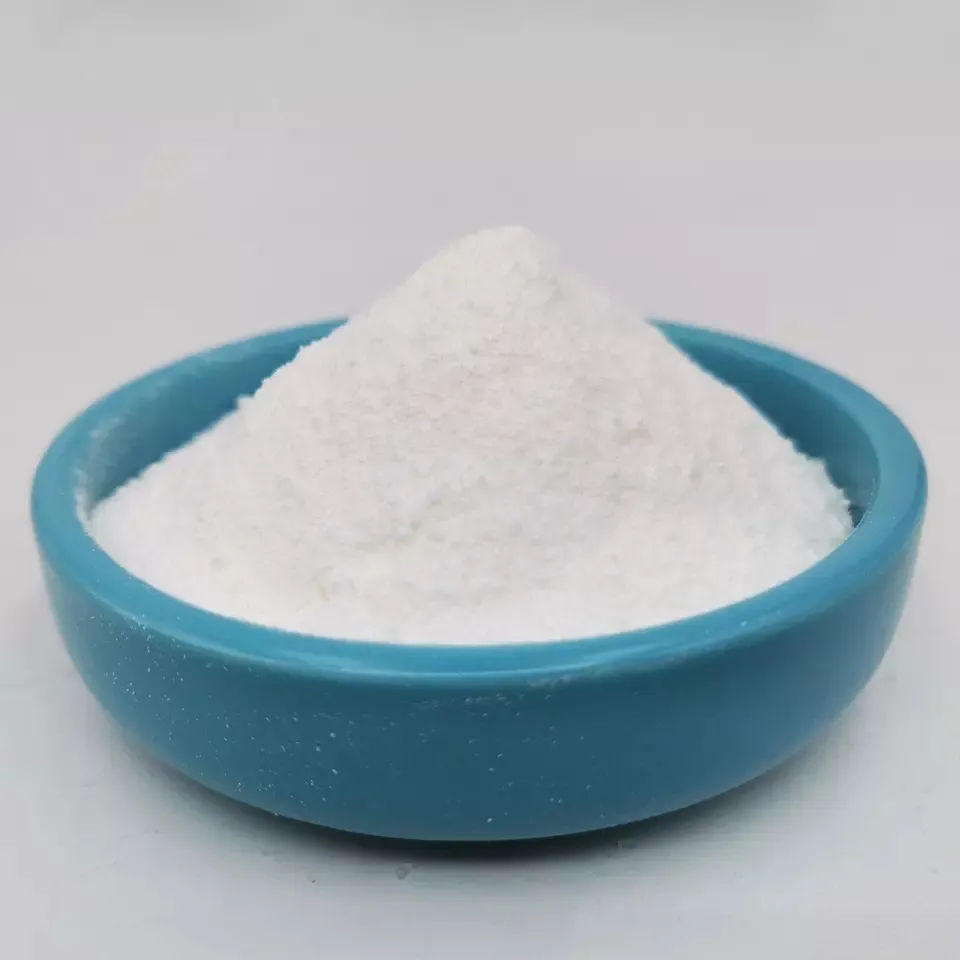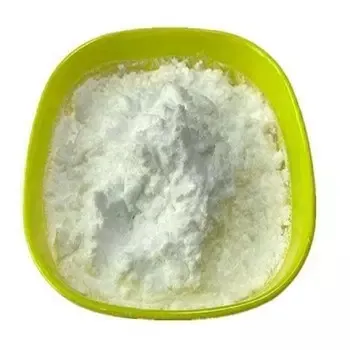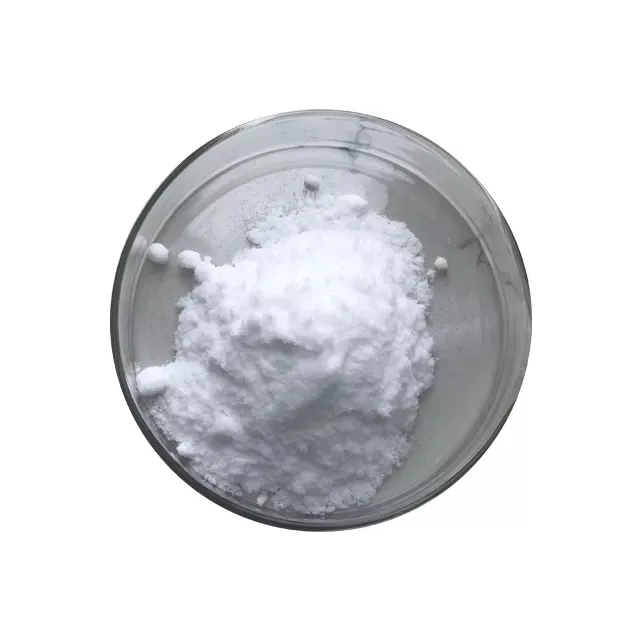Warning: Undefined array key "file" in /home/www/wwwroot/HTML/www.exportstart.com/wp-content/themes/1198/header.php on line 7
Warning: Undefined array key "title" in /home/www/wwwroot/HTML/www.exportstart.com/wp-content/themes/1198/header.php on line 7
Warning: Undefined array key "title" in /home/www/wwwroot/HTML/www.exportstart.com/wp-content/themes/1198/header.php on line 7
- African
- ChiAlbanian
- ChiAmharic
- ChiArabic
- ChiArmenian
- Azerbaijani
- ChiBasque
- Chiberaruzi
- ChiBengali
- ChiBosnian
- ChiBulgarian
- Katarani
- Cebuano
- China
- China (Taiwan)
- Kosikeni
- ChiCroatian
- ChiCzech
- ChiDanish
- ChiDutch
- Chirungu
- Esiperando
- ChiEstonian
- ChiFinish
- ChiFrench
- Frisian
- ChiGalician
- ChiGeorgian
- ChiJerimani
- ChiGiriki
- ChiGujarati
- Kiriyoro yeHaiti
- ChiHausa
- Chihawayi
- ChiHebhuru
- kwete
- Miao
- ChiHungarian
- ChiIcelandic
- igbo
- ChiIndonesian
- ChiIrish
- ChiItalian
- ChiJapanese
- ChiJavanese
- ChiKannada
- Kazaki
- Khmer
- Rwandan
- ChiKorean
- ChiKedhi
- Kiyagizi
- TB
- Ratini
- ChiLatvian
- Ritunia
- Rukusembogi
- ChiMacedonian
- Malgashi
- ChiMalay
- ChiMalayalam
- ChiMaltese
- Maori
- ChiMarati
- ChiMongoria
- Mayanima
- ChiNepali
- ChiNorwegian
- ChiNorwegian
- Occitan
- Pashito
- ChiPersian
- ChiPolish
- ChiPutukezi
- Punjabi
- ChiRomanian
- ChiRussian
- Samoan
- ChiGaelic cheScottish
- ChiSebhiya
- Chirungu
- Shona
- ChiSindhi
- Sinhala
- ChiSlovak
- ChiSlovanian
- Somari
- ChiSpanish
- Sundanese
- ChiSwahili
- ChiSwedish
- ChiTagalog
- Tajik
- ChiTamil
- Tatar
- ChiTelugu
- ChiThai
- Turkish
- ChiTeki
- Ukrainian
- Urdu
- Uighur
- Uzbek
- Vietnamese
- Welsh
- Help
- Yiddish
- Yoruba
- Zulu
K-Catalyst / Montmorillonite
Montmorillonite, also known as microcrystalline kaolinite or gelinite, is a silicoaluminate consisting mainly of octahedral montmorillonite particles, named after the city of Montmorillonite, France, where it was first discovered. Montmorillonite is a very soft phyllosilicate mineral that forms microscopic crystals, called clays, when they precipitate out of aqueous solutions. Montmorillonite, a member of the Montmorillonite family, is a 2:1 clay, meaning it has two tetrahedral silica sheets sandwiched between a central octahedral alumina sheet. The particles are plat-like, with an average diameter of about 1μm and a thickness of 0.96nm.
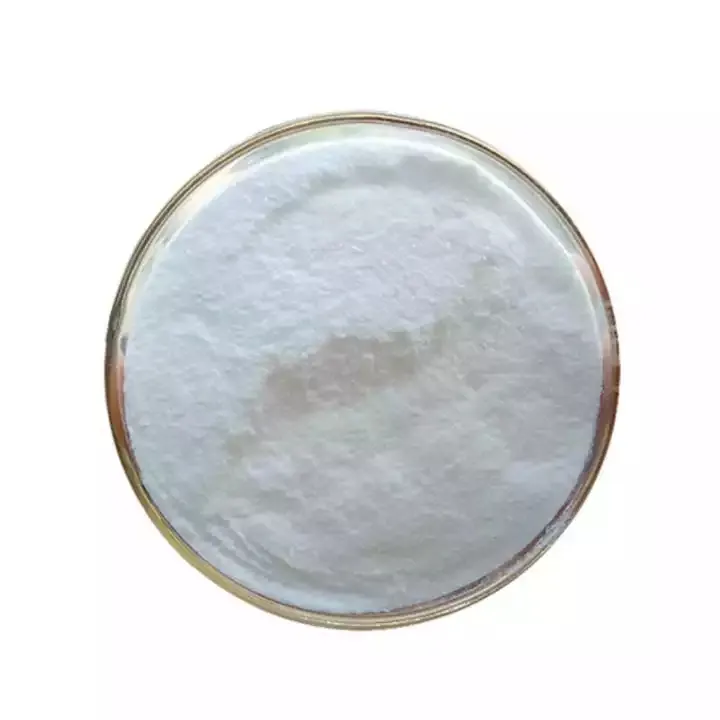
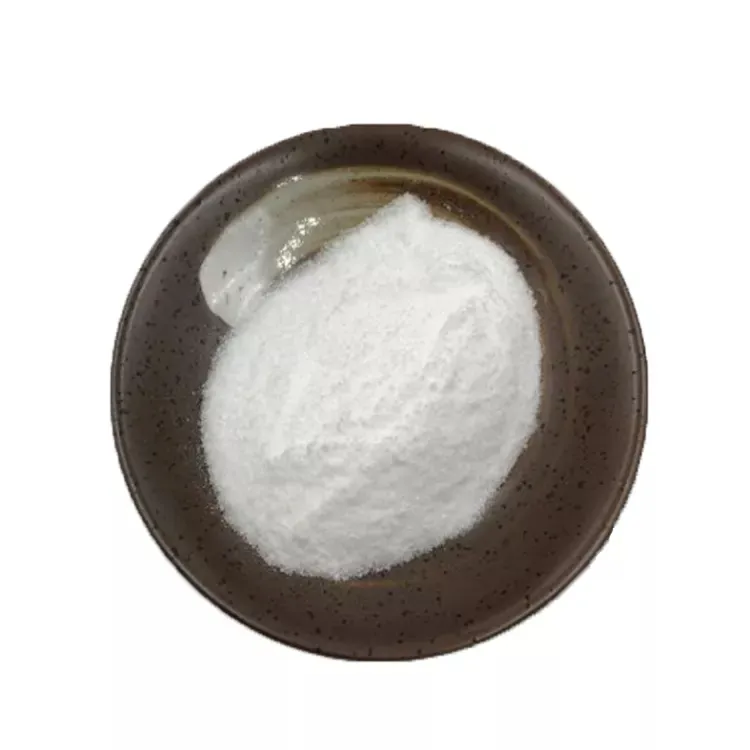
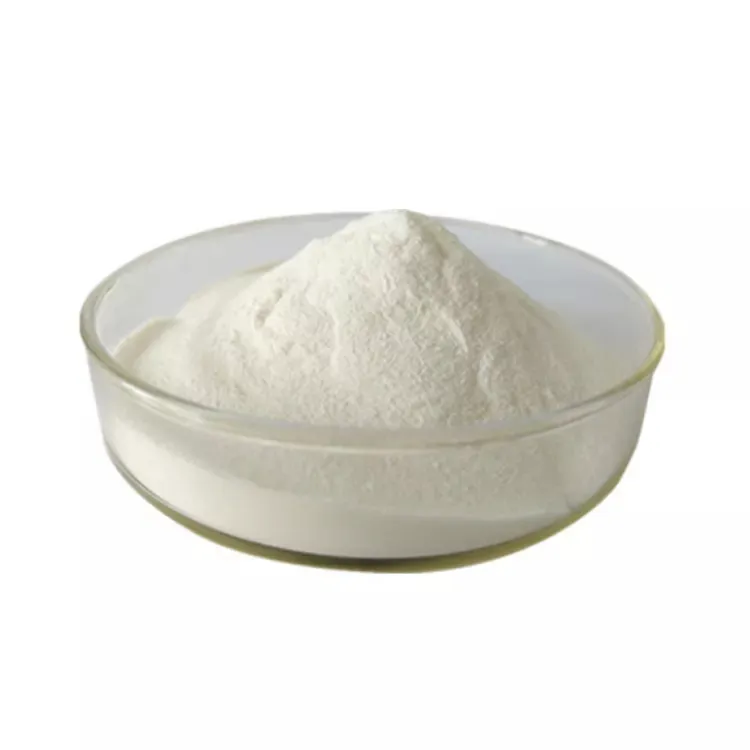

Using an electron microscope to put about 25,000 times, it is necessary to "see" individual clay particles. Members of this group include soapstone. Montmorillonite is a subclass of montmorillonite, which is a 2:1 phyllosilicate mineral characterized by an octahedral Chemicalbook charge greater than 50%. Its cation exchange capacity is due to the isomorphous substitution of Mg for Al in the central alumina plane. In this case, the substitution of lower-priced cations gives nearby oxygen atoms a net negative charge that can attract cations. In contrast, Baderite is a montmorillonite with a tetrahedral charge greater than 50%, resulting from the isomorphic substitution of Al in silica. The individual crystals of montmorillonite clay are not tightly bound, so water can intervene, causing the clay to swell. The water content of montmorillonite is variable, and its volume increases greatly when it absorbs water. Chemically, it is hydrated sodium calcium-aluminosilicate magnesium hydroxide (Na, Ca) 0.33 (Al, Mg) 2 (Si4O10) (OH) 2·nH2O. Potassium, iron, and other cations are common substitutes, and the exact proportion of cations varies from source to source. It is often mixed with chlorite, Muscovite, illite, cobalt greenstone and kaolinite.
Tine mafekitori akawanda emhando yepamusoro nekubatana kwakadzama, ayo anogona kukupa zvigadzirwa zvemhando yepamusoro nemitengo yemakwikwi. Uye isu tinogonawo kupa zvidzikiso pakutenga kwakawanda. Uye isu tinobatirana nemakambani mazhinji ehunyanzvi ekutakura zvinhu, anogona kuendesa zvigadzirwa zvakachengeteka uye zvakanaka kumaoko ako. Nguva yekutumira inenge 3-20 mazuva mushure mekusimbiswa kwekubhadhara.
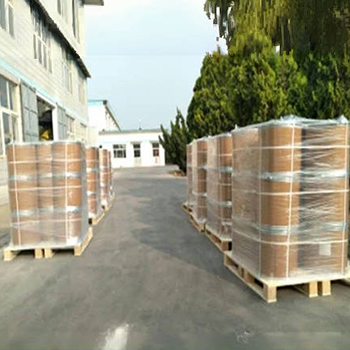



|
ZVINHU
|
SPECIFICATIONS
|
TEST RESULTS
|
DETERMINE
|
|
Chitarisiko
|
A white Crystalline Powder
|
A White Crystalline Powder
|
Qualified
|
|
Identification
|
Positive
|
Positive
|
Qualified
|
|
Assay, %
|
98.0~101.0
|
98.8
|
Qualified
|
|
Specific Optical Rotation [a]D20
|
-16.0°~18.5°
|
-16.1°
|
Qualified
|
|
Moisture, %
|
≤1.0
|
0.25
|
Qualified
|
|
Ash,%
|
≤0.1
|
0.09
|
Qualified
|
|
Pb,mg/kg
|
≤2.0
|
<0.1
|
Qualified
|
|
As, mg/kg
|
≤2.0
|
<0.1
|
Qualified
|
|
Total Plate Count,cfu/g
|
≤3000
|
<1000
|
Qualified
|
|
Coli Group, cfu/g
|
≤0.3
|
<0.3
|
Qualified
|
|
Yeast&Mold ,cfu/g
|
≤50
|
10
|
Qualified
|
|
Salmonella/ 25g
|
Negative
|
Negative
|
Qualified
|

1. Iwe uri fekitori kana kambani yekutengesa?
Isu tiri compnay inobatanidza indasitiri nekutengeserana, ichipa one-stop service.OEM inogona kugamuchirwa.
2. Unopa mienzaniso here? Ndeyemahara here kana kuti yakawedzerwa?
Masampuli emahara. Mari yekutakura yemuyesheni inoda kubhadharwa parutivi rwako.
3. Iwe une chero zvitupa zvine chekuita nekutonga kwemhando?
ISO 9001:2008 certification kuti ive nechokwadi chemhando.
4. Chii chandinofanira kupa kuti ndiwane quotation?
Pls inotizivisa nezverudzi rwechigadzirwa chaunoda, huwandu hwekuraira, kero uye zvakananga zvinodiwa.The quotation ichaitwa kuti utarise nguva yako.
5. Ndeipi nzira yekubhadhara yaunoda? Ndeapi mazwi anogamuchirwa?
Mitemo Yekutumira Inogamuchirwa: FOB, CFR, CIF, EXW;
Mari Yekubhadhara Yakagamuchirwa: USD;
Rudzi rwekubhadhara rwakagamuchirwa: T / T, Western Union; Paypal, Trade Assurance.
Mutauro Unotaurwa:Chirungu.
Zvigadzirwa zvikamu
-
 Apr . 27, 2025Zibo will host the 2025 International Chemical ExpoZibo, a city known for its thriving chemical industry, will host the 2025 Zibo International Chemical Expo from May 16 to May 18, 2025. This highly anticipated event aims to bring together industry leaders, innovators and stakeholders from around the world to explore the latest advancements and trends in the chemical industry.
Apr . 27, 2025Zibo will host the 2025 International Chemical ExpoZibo, a city known for its thriving chemical industry, will host the 2025 Zibo International Chemical Expo from May 16 to May 18, 2025. This highly anticipated event aims to bring together industry leaders, innovators and stakeholders from around the world to explore the latest advancements and trends in the chemical industry. -
 Apr . 22, 20252025 Yokohama Cosmetics Raw Materials and Technology ExhibitionYOKOHAMA, Japan – The City of Yokohama is preparing to host the much-anticipated Cosmetics Ingredients & Technologies 2025 from May 14 to May 16, 2025. The premier event is expected to attract industry professionals, innovators and enthusiasts from around the world to showcase the latest advancements in cosmetic ingredients and technologies.
Apr . 22, 20252025 Yokohama Cosmetics Raw Materials and Technology ExhibitionYOKOHAMA, Japan – The City of Yokohama is preparing to host the much-anticipated Cosmetics Ingredients & Technologies 2025 from May 14 to May 16, 2025. The premier event is expected to attract industry professionals, innovators and enthusiasts from around the world to showcase the latest advancements in cosmetic ingredients and technologies. -
 Apr . 18, 20252025 India Mumbai Fine Chemicals ExhibitionMUMBAI, India – The bustling metropolis of Mumbai is gearing up to host the much-anticipated Fine Chemicals Expo on April 29-30, 2025. The premier event is expected to attract industry leaders, innovators and stakeholders from across the world to showcase the latest advancements in the fine chemicals sector.
Apr . 18, 20252025 India Mumbai Fine Chemicals ExhibitionMUMBAI, India – The bustling metropolis of Mumbai is gearing up to host the much-anticipated Fine Chemicals Expo on April 29-30, 2025. The premier event is expected to attract industry leaders, innovators and stakeholders from across the world to showcase the latest advancements in the fine chemicals sector.


